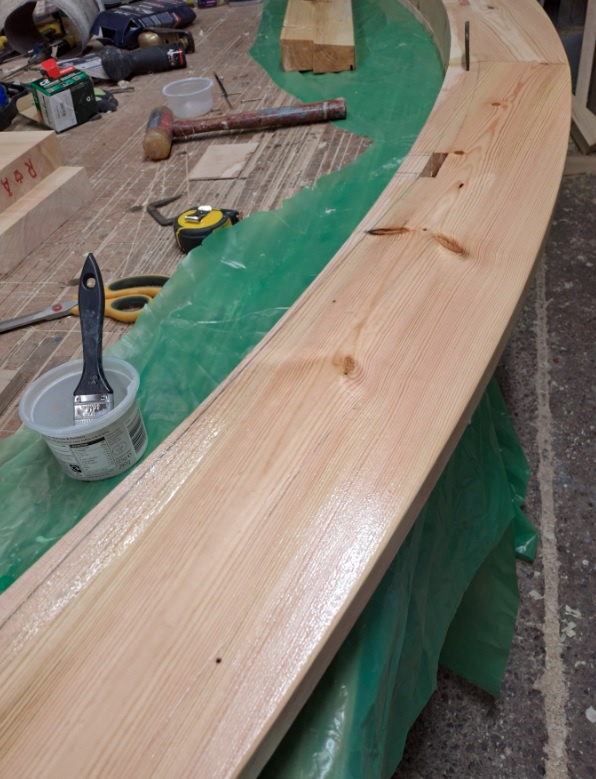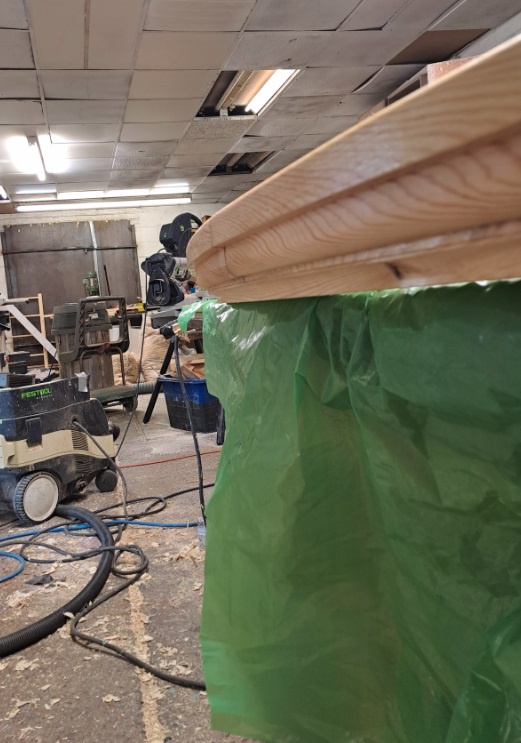Great write up thanks, I'm about to rebuild a sash dormer window, and I'd always planed a rod for the sills but I'm going to steal the idea of the ply sections. The 'epoxyfied' sill is an interesting idea. You've also made me much more comfortable over my choice of redwood for the window.
F.
F.





































